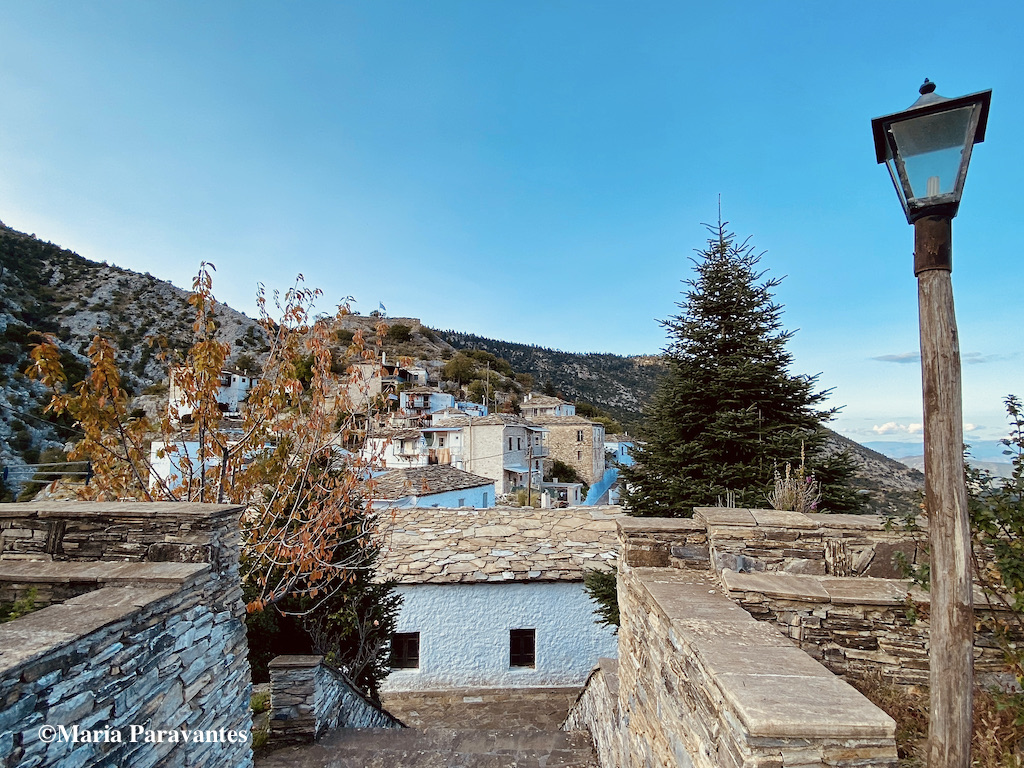
Are you one of those travelers who wants to explore, to get carried away, to somehow magically lose his way? Then look no further. Kastanitsa should be your next travel adventure in Greece.
(Insider’s tip: This is where I escape to whenever I need to sooth my soul…)
In the embrace of Mt Parnonas in the Peloponnese, at an altitude of 850m you will find the quaint village of Kastanitsa, one of the few remaining traditional Greek settlements where the sights, sounds and aromas of yesteryear are alive and well.
The adventure begins with the drive up. You can either start your journey from the western side of the mountain coming from the town of Tripolis, or from the east starting from Agios Andreas in the Kynouria Province.
► The Ultimate Travel Guide to Arcadia Greece
Whichever route you decide to take, the road to Kastanitsa is mind-blowing. Imagine it as a trip into a different dimension. You start off from the liveliness of the town, pass through a few charming villages only to find yourself immersed in a majestic – if not magical – forest. This is where all of nature’s wonders take center stage. The ‘show’ begins with walnut, plane and black pine trees on the lower levels of the mountain, leading to giant evergreen trees, mosses, and lichens at higher elevations. The road meanders through the hills and woods, and suddenly… right when you think you’re lost, Kastanitsa emerges as if a mirage.
►10 + 1 Perfect Places to Visit in Greece in Fall
Chestnuts Roasting on an Open Fire
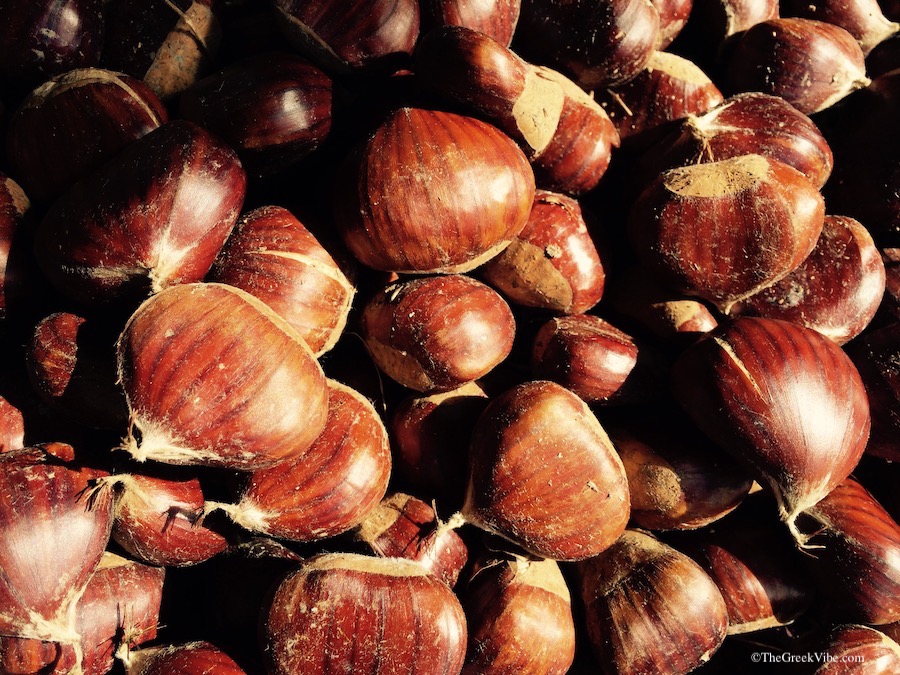
Kastanitsa is located at the heart of a lush chestnut and evergreen tree forest. You can literally follow the trail of fallen chestnuts to the village entrance. The chestnut is a main source of income for the villagers. A few decades ago, Kastanitsa produced some 400 tons of the beloved nut.
So important is the chestnut for the villagers that each year they pay tribute to the delicious nut during chestnut season (October to early February) with a grand festival.
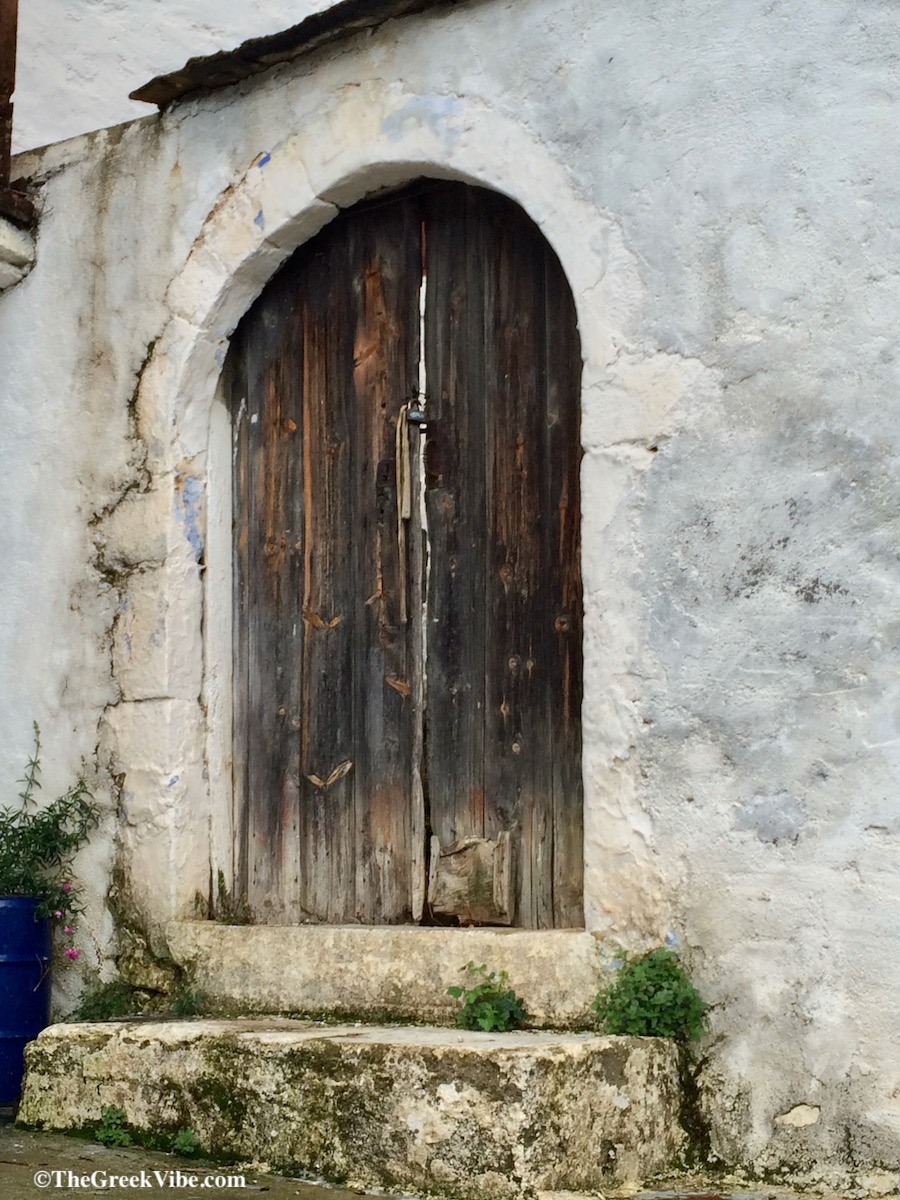
Kastanitsa actually derives its name from the chestnut which in Greek is “kastano”.
Come autumn, Kastanitsa dons its finest and prepares to welcome hundreds of visitors from across the country and further still. The annual event is usually held in October, the beginning of chestnut season, offering a wide variety of foods and sweets – everything from chestnuts and pork to chestnut garlic sauce and chestnut marmalade – using, of course, the homegrown nut as the basic ingredient.
The foodie initiative is organized every year by the village cultural society, which is very active in the preservation and promotion of Kastanitsa and the surrounding region.
👉🏼 Find the best hotel deals for you
Keeping Tsakonian Traditions Alive
Kastanitsa is one of the villages belonging to the “Tsakonia” territory, home to the Tsakones – a unique population known for its cultural and linguistic particularities.
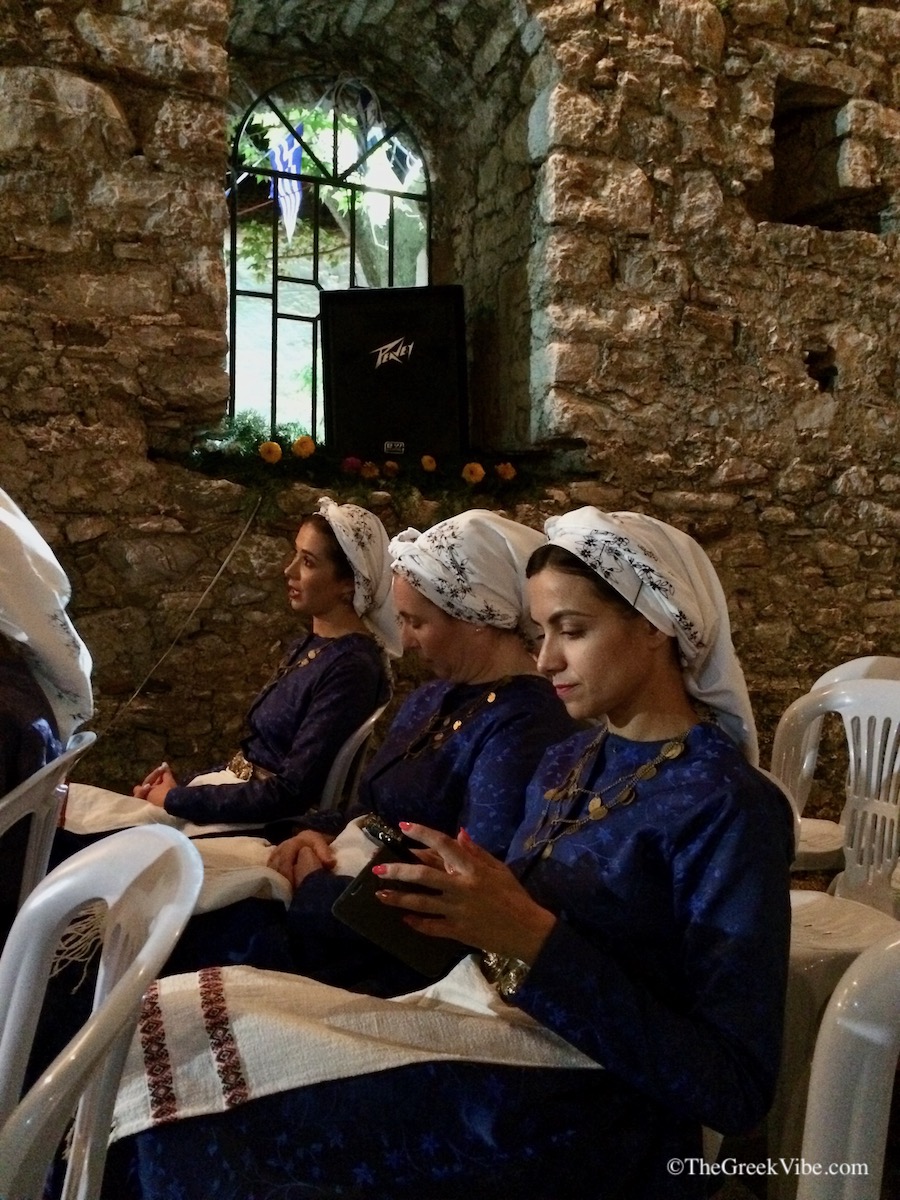
Besides Kastanitsa, which is considered one of the oldest settlements in the Kynouria Province, the eastern Peloponnese villages of Prastos (which was the capital of the region), Sitaina, Agios Andreas, Pera Melana, Sapounakaika, Pragmateftis and Vaskina as well as the towns of Leonidio and Tyros were all Tsakonian communities.
You’ll come across a welcome message in the Tsakonian language as you enter Kastanitsa. The language, a variant of the ancient Greek Doric dialect, has sadly died out over the years, listed today among the world’s most endangered languages. Efforts are fortunately being made to revive the dialect as well as the cultural tradition by local societies in Leonidio and Tyros.
Besides the famed chestnut forest lending its name to the village, Kastanitsa is also renowned for its distinctive local traditional architecture featuring three-storey stone tower-houses some dating back 300 years. The Tsakonians were renowned for their masonry skills.
In 1967, the Greek culture ministry designated the village as a cultural heritage site due to its natural and architectural significance.
►Tsakonia: Still Speaking One of the World’s Oldest Languages
Discover the Villages of Tsakonia
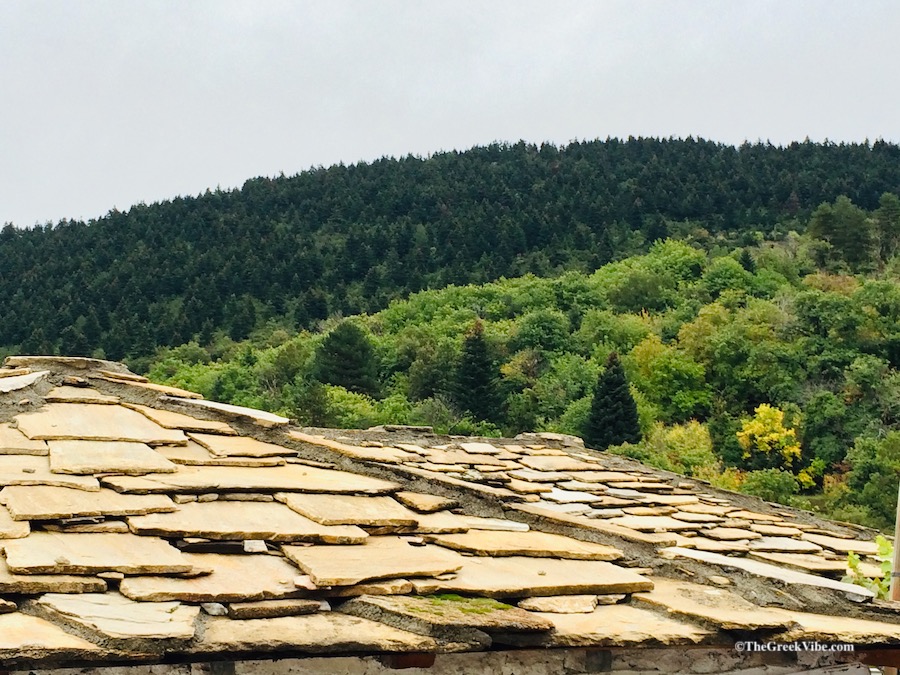
Other traditional villages worth visiting in the region include Agios Petros, Prastos, Platanos, Vamvakou and Karyes. Make sure to sit down at any “pantopoleion” (general store) in the village central square and enjoy some of the tastiest lamb and potatoes roasted in a traditional wood-burning oven, the finest cheese (graviera), homemade bread and red, red wine.
While there, make sure to explore the mountain. Parnonas is an absolute wonder. From its peak – Megali Tourla – at an altitude of 1,935m (6,348ft), the views to the Myrtoan and the Laconian gulfs is spectacular.
Hiking is a good way to do this. Recently, the group from Menalon Trail – the first certified trails in Greece, have supported the creation of the Parnon Trail with signposting and test runs.
►Hiking Greece: The Menalon Trail Experience
Maria’s Travel Tips
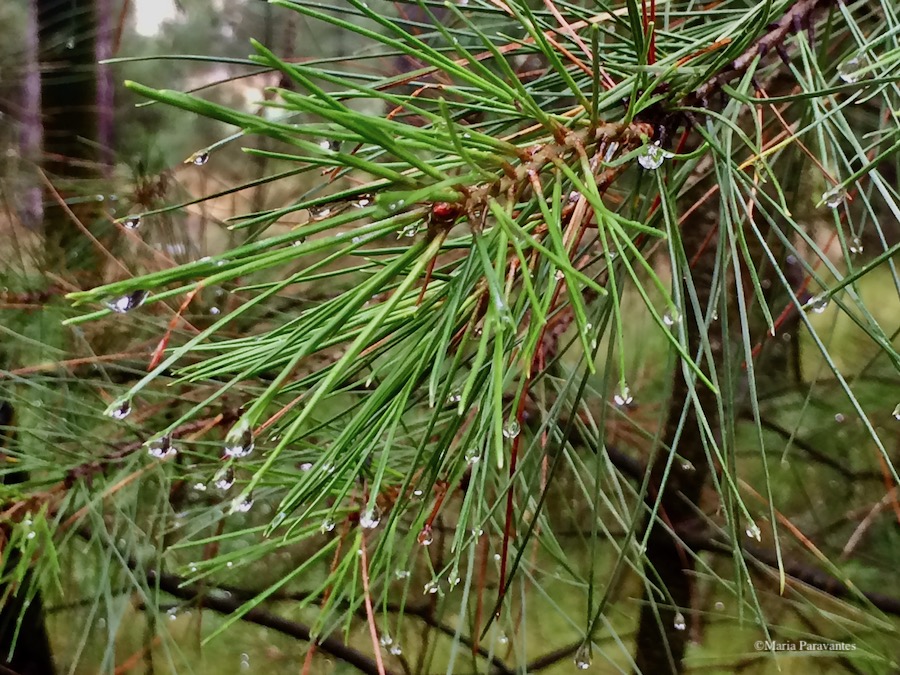
✓ On the road again… You can drive up to Kastanitsa either from the town of Tripolis or from Astros on either side of Mt Parnonas. I recommend starting your trip on one side and then traveling to the other. The drive up from Tripolis takes about an hour and a half. There is no best time to visit Kastanitsa. All seasons have a particular beauty that will win you over. Have in mind that in winter there is usually snow and in summer it’s much cooler than the seaside villages below.
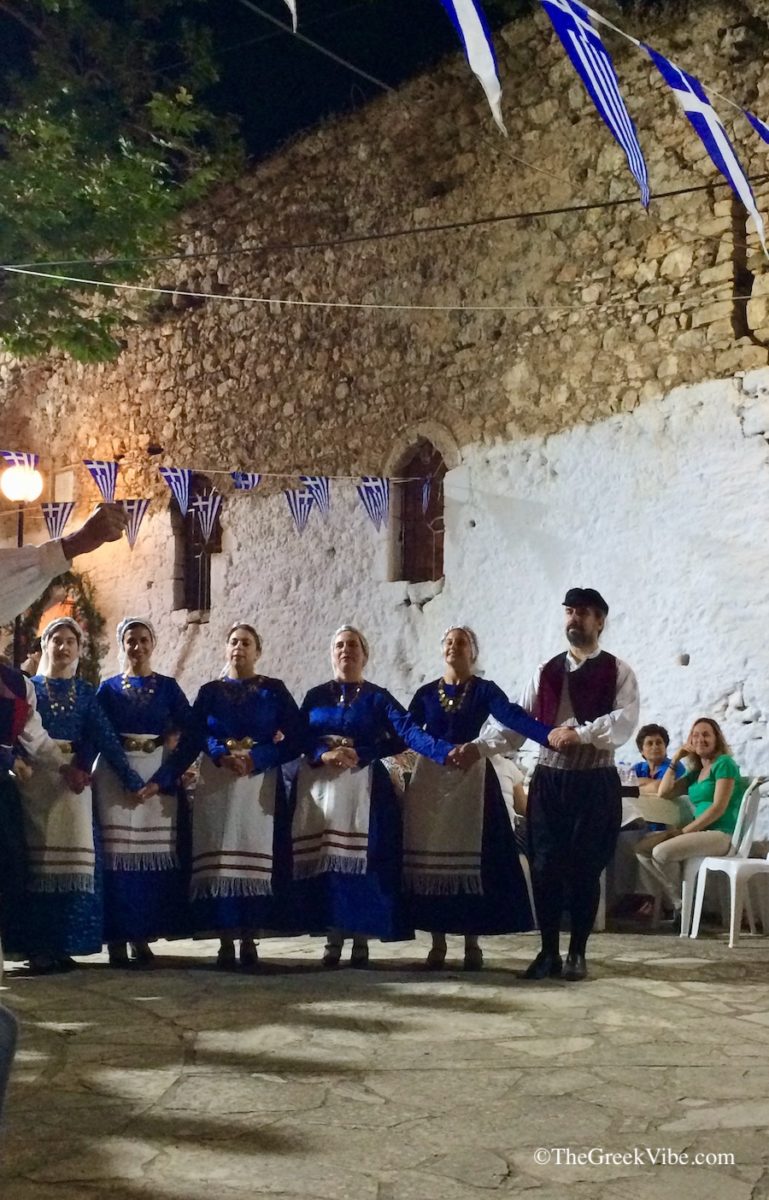
✓ Settle down… in the traditional Antoniou guest house of Kastanitsa, the Pritanio traditional guest house in Tsintzina (Polydroso), in Karyes or Agios Petros (11km from Kastanitsa) – all mountain villages (recommended in the winter), or at accommodation facilities in the seaside towns of Astros, Agios Andreas, Tyros, or Leonidio (recommended in the summer to combine sea and mountain).
✓ Indulge in … pork and chestnuts, chestnut garlic sauce, rooster with homemade “hilopites” pasta, lamb, mountain greens (“horta“), and the fantastic chickpea and chestnut casserole. Don’t forget to accompany this with red wine. For the sweet tooth: chestnut or walnut (“karydaki”) spoon sweet which is traditionally offered as a “kerasma”.
✓ Don’t forget to buy… homemade jams and spoon sweets, mainly chestnut-based. Make sure to ask a villager or at the taverna where you can buy local products. There is a store at the start of the the village.
✓ Truth or dare… if you visit in summer, make sure to go to at least one “panegyri” – open-air fair held usually in the church courtyard or central square with traditional instrumentalists, plenty of song, dance, food and wine. One of the most Dionysian experiences is the panegyri of Prastos in August.
👉🏼 Dream of visiting Greece? Start planning
♫ The Dora Stratou dance troupe performs the Tsakonian dance or “Tsakonikos horos” here.
*The featured image above is from Discover Kynouria
Enjoyed this Post? Share and Pin it!
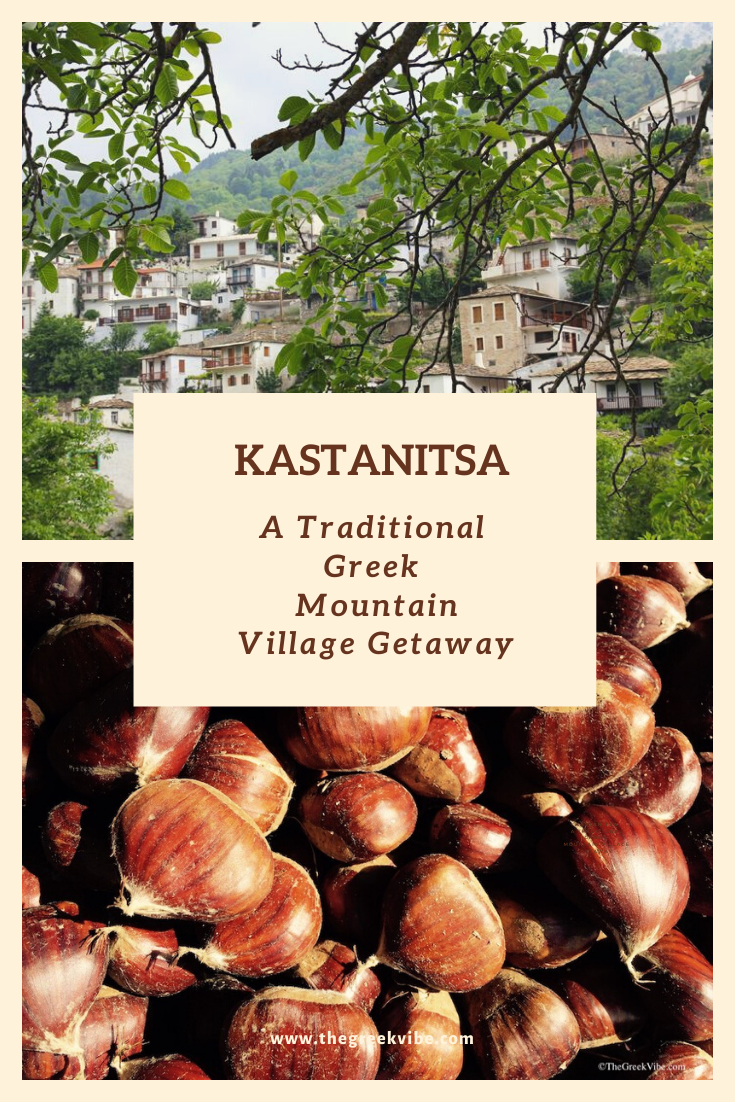

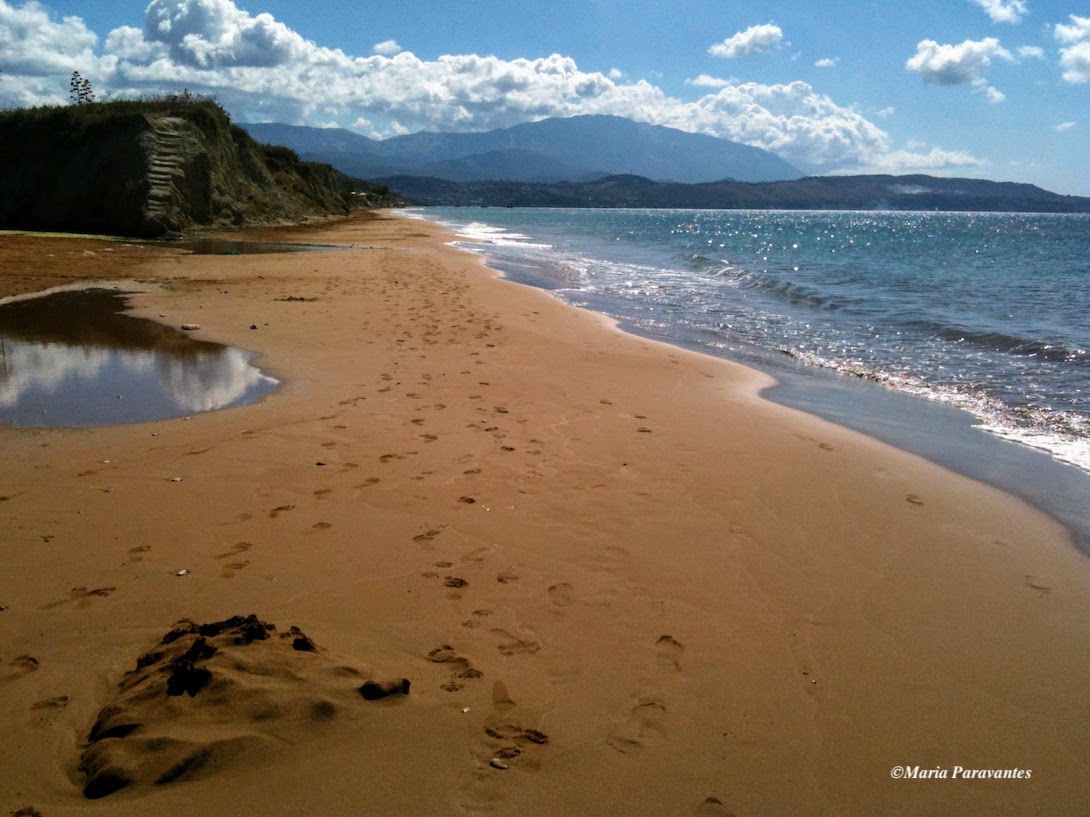
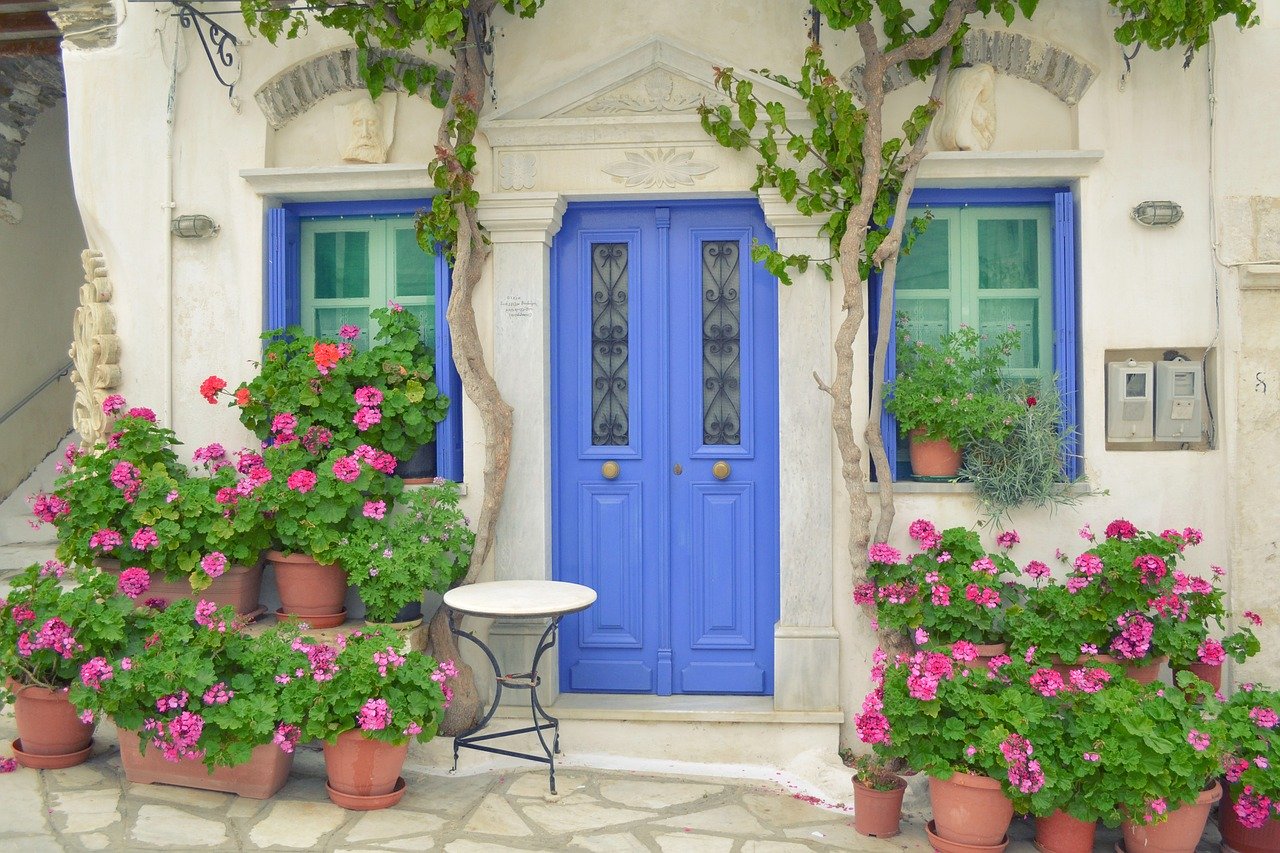

Loved this! My family is from the area but I haven’t been to Kastanitsa in years. Will visit on my next trip!
Make sure you do. It is my favorite getaway and one of the few so well preserved villages – customs and all – in Greece.
Still yet to visit Greece from BC, Canada. Always on the lookout for unique and out of the way places to visit. Kastanitsa looks lovely! Definitely going to make plans to travel throughout Greece, hopefully in the very near future. Glad I spotted your post on Twitter and will bookmark it for future reference. Robert 🙂
Thank you for the kind words, Robert. Let’s keep dreaming and sure enough the time will be right to visit Greece. Kastanitsa is truly a beauty as is all of Mt Parnonas.